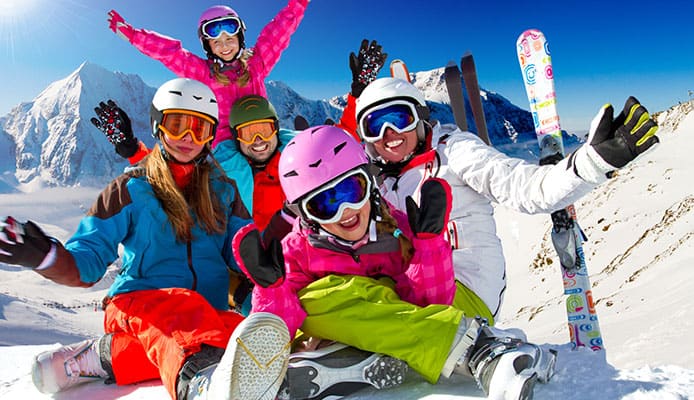As a ski instructor, I get asked this question all the time. And it’s not just beginners who ask it—pros want to know about the advantages of using ski goggles over glasses.
I’m going to answer that question today by breaking down the advantages of wearing ski goggles over glasses into two distinct categories: vision, and, comfort.
First, let’s talk about vision. When you’re skiing and need to see where you’re going, you don’t want anything in your way. You want clear, unobstructed views while still being able to see enough so that you can react quickly if something goes wrong or someone falls into a deep crevasse.
The best way to achieve these goals is with ski goggles over glasses. Ski goggles over glasses allow you to look through them and see exactly what’s ahead of you without any obstruction whatsoever because they are made from a flexible transparent material so they bend around your face and give you an unobstructed view all around you like no other type of eyewear can do.
This is why they were invented in the first place!
Next, we’ll talk about comfort: when you spend hours on end skiing down mountains or riding up them in a chairlift or on skis or snowboards. You must have comfortable goggles otherwise they will disturb you while skiing.
Types of Goggles
Ski goggles can be a great option when a person wants to go skiing or snowboarding. Several different types of ski goggles are available, including the following:
Standard Ski Goggles. These goggles have a clear lens and work well for most activities.
Frostbite Goggles. These goggles have a plastic frame and metal rim on the front of them, which helps protect your eyes from frostbite if you fall on the slopes.
Contour Ski Goggles. These goggles are designed to fit around your head like a hat, which makes them comfortable to wear while skiing or snowboarding.
Benefits of Ski Goggles
Ski goggles are a great way to keep your eyes protected from the sun and snow. The best goggles have a lens that blocks 100% of UV rays, so you don’t have to worry about getting sunburned. They also have a tinted layer that helps prevent glare and reflections on the snow, which can make it difficult to see in poor weather conditions.
The best ski goggles come with interchangeable lenses, which allow you to choose between different levels of protection for your eyes. You may also want to consider picking up a pair of prescription ski goggles if you wear glasses regularly or already have an existing prescription that you’d like to use.
The best goggles for skiing are the ones that fit over your glasses. There are a few different styles of ski goggles, but they all have one thing in common: they’re designed to be worn over your prescription eyeglasses.
Ski goggles are designed to block out wind, rain, and snow while allowing you to see the action below. They’re lightweight and easy to put on, and many come with adjustable straps that can be tightened or loosened to fit your head perfectly.
Ski goggles should fit snugly around your face and nose, but not be so tight that they interfere with your vision. If you have any issues with your vision after putting on a pair of ski goggles, don’t wear them on the slopes. You’ll want to make sure that the lenses inside your goggles are clean and clear before heading out on the mountain.
How to Choose Your Ski Goggles?
If you’re interested in purchasing new ski goggles, there are many things that you should consider before making your purchase decision. The first question that you need to ask yourself is how much time do you spend on the slopes each year.? If you spend more than an hour per day on the slopes, then it might be worth investing in some high-quality ski gear such as ski goggles and gloves, even if they aren’t quite as stylish as other options available today. However, if you only plan on spending an hour or less per day at the slopes, then it may not be worth investing in this type of equipment.


